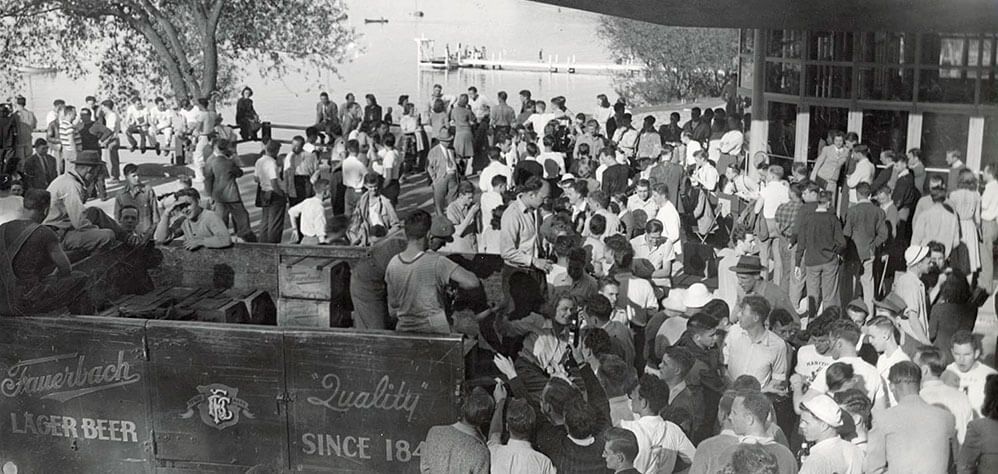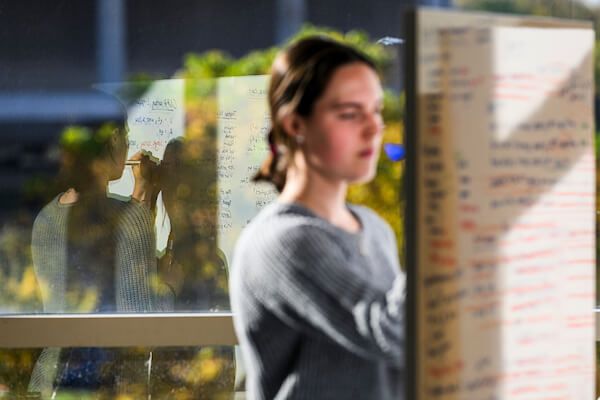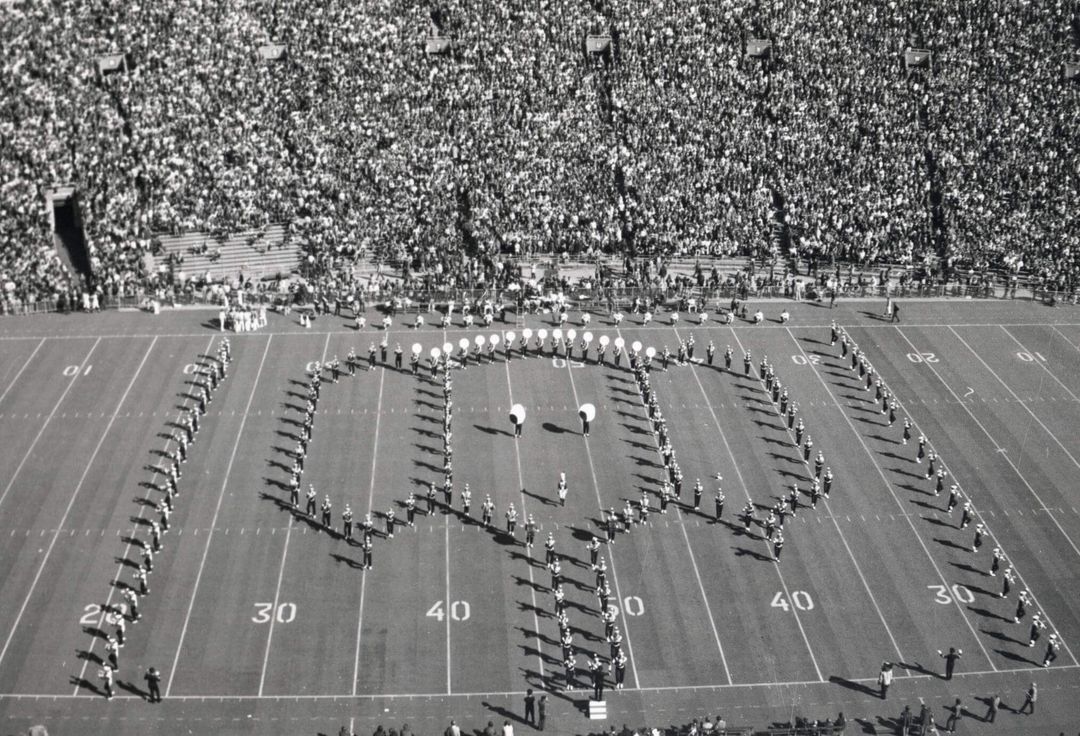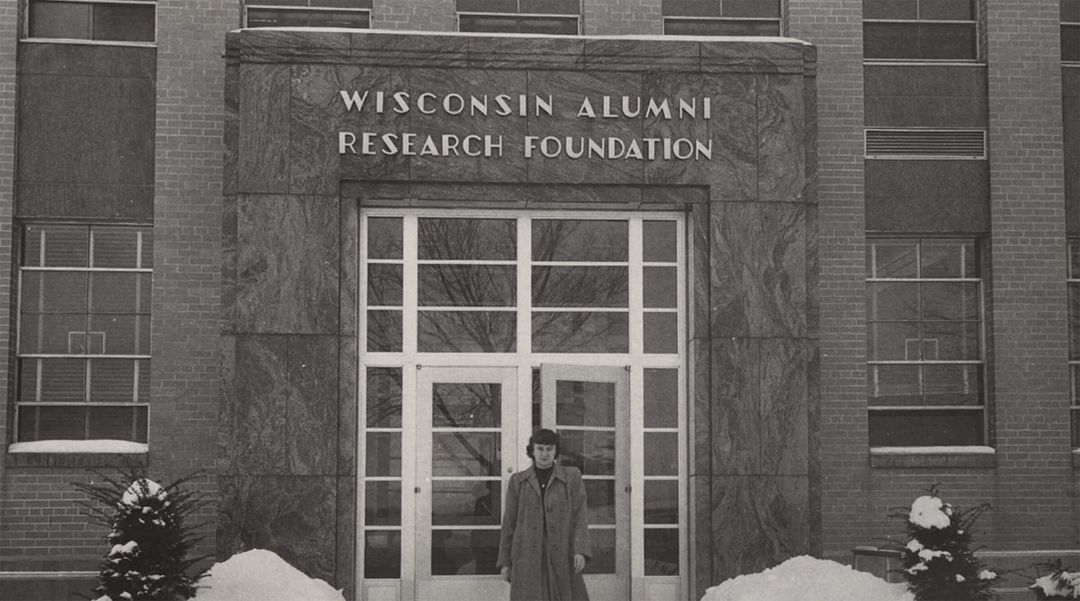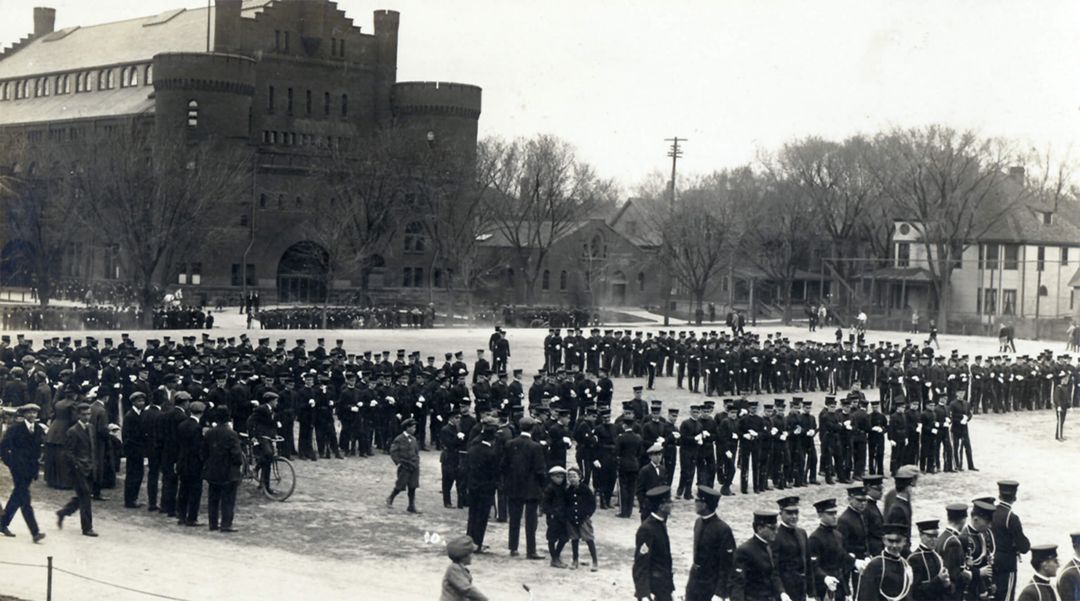Eighty-three years ago, Memorial Union grabbed Prohibition by the bottles. Today, it’s still at the forefront of beer culture.
Be(er)ginnings
What’s more iconic than a Terrace chair? How about sitting in that Terrace chair with a freshly filled pitcher next to you? Beer at Memorial Union has a richer history than you might expect, and it’s getting hoppier by the day.
Wisconsinites have been brewing beer since the early 1800s. The first commercial operation, Owens Brewery, opened in 1840, and nearly 200 more popped up across the state during the next 20 years. This number grew until January 17, 1919, when Wisconsin ratified the 18th Amendment establishing the prohibition of alcohol. While some of these breweries turned to soda or dairy production, many more were forced to close.
Prohibition wasn’t technically repealed until the end of 1933, but Wisconsin voters found a way around it. In 1923, Wisconsin Governor John James Blaine publicly doubted the logic behind Prohibition, leading 72 percent of residents to vote on the 1926 state ballot that the 18th Amendment needed to be “drastically modified.” The state then approved a referendum to permit the sale of beer with 2.75 percent alcohol by volume (ABV). By 1928, all state Prohibition laws had been repealed, and both state Republicans and Democrats began to advocate for the end of Prohibition.
The next big step came on March 23, 1933, when the university’s board of regents approved the sale of beer at Memorial Union. The only catch: its ABV had to be below 3.2 percent. (For comparison, Miller Lite has 4.17 percent ABV.) Even so, the UW became the first public university to serve beer on its campus.
“And that’s proper!” says Wisconsin Brewing Company’s brewmaster, Kirby Nelson. “It’s Wisconsin — come on!” On April 25, 1933, Wisconsin became the second state to ratify the 21st Amendment to repeal Prohibition — just 10 days after Michigan did the same.
New Brews
Even today, few student unions serve alcohol. Even fewer serve beer that was brewed for credit by students. Last May, the Union introduced Inaugural Red, a red lager created by the lab section of Food Science 375: Fermented Foods and Beverages (FS 375). Professors Hans Zoerb ’70, PhD’83 and Jim Steele, alongside Kirby Nelson, challenged the students to a competition: create a 5.5-percent-ABV red lager. The winner would be brewed, marketed, and sold by the Wisconsin Brewing Company — and have its own draft line on the Union Terrace.
Even though beer has been served on campus for 83 years, the student teams had to navigate the “optics and politics” of brewing beer at a state institution of higher education. Zoerb said they were cautious at first about linking the university to the making and marketing of alcohol, Steele adds that the success of Inaugural Red has lessened those reservations.
While the exact amount of Inaugural Red that was brewed is unknown, Steele says that the Union Terrace moved more than 400 barrels: nearly 100,000 pints poured. But Inaugural Red’s success didn’t tap off there. The number of students in FS 375’s lab course has almost doubled for the spring 2016 semester, and it’s broadened its fermenting horizons.
In addition to the in-class beer competition — an American wheat ale this time around — one section of FS 375 will be creating a wine called Red Fusion. Along with the to-be-named beer, it’s set to debut in the beginning of May. Similar to the launch of Inaugural Red last May, the two creations will have a release party at Union South’s Sett. Steele and his team are aiming to launch the pair on the last Friday before finals week.
While FS 375’s beer is produced, marketed, and sold on a large scale by the Wisconsin Brewing Company, Red Fusion will mainly be sold on campus and through the Union’s catering operation. Like the majority of the beer ingredients, all of the wine grapes were grown in Wisconsin and donated to the program. Red Fusion production will take place at Wollersheim Winery in Prairie du Sac, Wisconsin, and all of the profits will come back to the program.
“Extending the university out into the community is what the program is about, while still providing educational opportunities for the students,” says Steele. “This is the Wisconsin Idea.”
Photo credits: University of Wisconsin Digital Collections Center cover photo identifier: S08164 and Memorial Union Terrace exterior image ID: UW.UWArchives.dn06072604.bib
